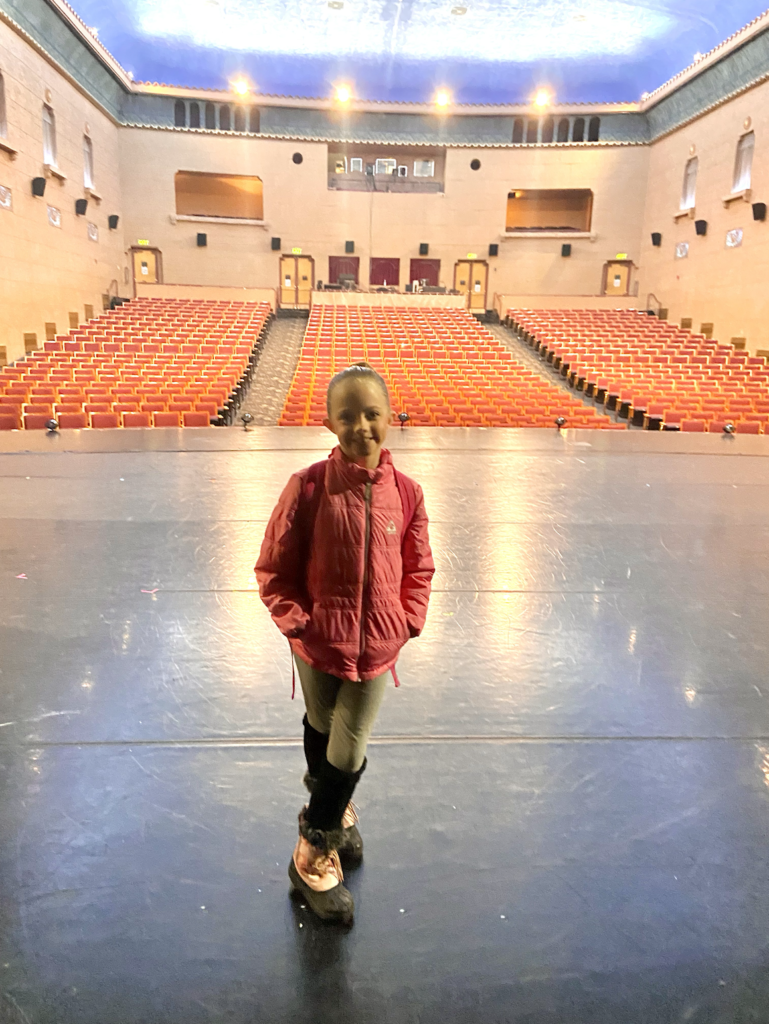
Weekend Repertoire: La fille aux cheveux de lin
Today’s piece: La fille aux cheveux de lin (The Girl with the Flaxen Hair), by Debussy
Level: Early Advanced
Teaches: sound, color, impressionism, attention to rhythm, playing big, interesting chords
Listen: to this video of Michelangeli performing this piece (such a beautiful recording!); or, how about a gorgeous violin version?
Find the music: in this great collection of Debussy’s Preludes, Book 1
of Debussy’s Preludes, Book 1
This gorgeous piece is one that is close to my heart, as it is in my mind the first “real” difficult classical piano piece I learned.
I began piano lessons while in the first grade, and took for about six and a half years from a wonderful woman in my neighborhood who taught me to love the piano. I loved piano lessons, but as I progressed quickly I soon outgrew her experience and training. I played through ALL of the levels of the Schaum and Eckstein method books while taking lessons from her, and then near the end of my time taking lessons from her she found me a book of piano classics.
I am ever grateful for my Dad, who always listened to classical music at home and even played a little by ear on the piano. He had a “favorite song” that he encouraged me to learn on my own – Debussy’s La fille aux cheveux de lin. Really it was far above the level of the pieces I was learning at the time, but I was ready and loved the challenge. I learned it quickly and memorized it on my own. When I auditioned to study with my new teacher while I was in the seventh grade, I played this piece for her. I remember her smiling after I played it and saying something like, “How fitting – the girl with the flaxen hair is playing The Girl with the Flaxen Hair!“
So, I count this piece as the piece I have known the longest. I absolutely love it and it means a lot to me! Its beautiful harmonies are gorgeous and so fun to play.
When teaching this piece, it is so important to help our students learn how to produce a beautiful sound. Concepts such as tone and color can be introduced or developed using this piece. It is a great piece to use to teach impressionism. I think it is helpful to listen to versions of this piece played on different instruments (such as the violin version linked to above) and to have them listen specifically for tone colors and sound that they can strive to produce on the piano.
Aside from all of these important sound qualities of this piece, I think that RHYTHM is very important when learning this prelude. If we are not careful, it is easy to get lazy with the rhythms and not hold notes at the end of phrases long enough. In fact, I have the tendency to shortchange some of these rhythms myself, having learned it a bit incorrectly in certain places. I like to have my students learn this piece with the metronome, paying strict attention to the rhythms and counting out loud. Try it out – you may be surprised at some of the rhythms! After the rhythms are learned correctly and solidified, the student can then add in their rubato and expression on top of the framework of the correct rhythm.
I just love this piece! What piece is near and dear to your heart?





 Previous Post
Previous Post Next Post
Next Post



















I remember playing this piece and hearing the same comment about my flaxen hair, since I am also blonde. Since then, I've never felt I could assign the piece to anyone but a blonde…hmm…
Since then, I've never felt I could assign the piece to anyone but a blonde…hmm…